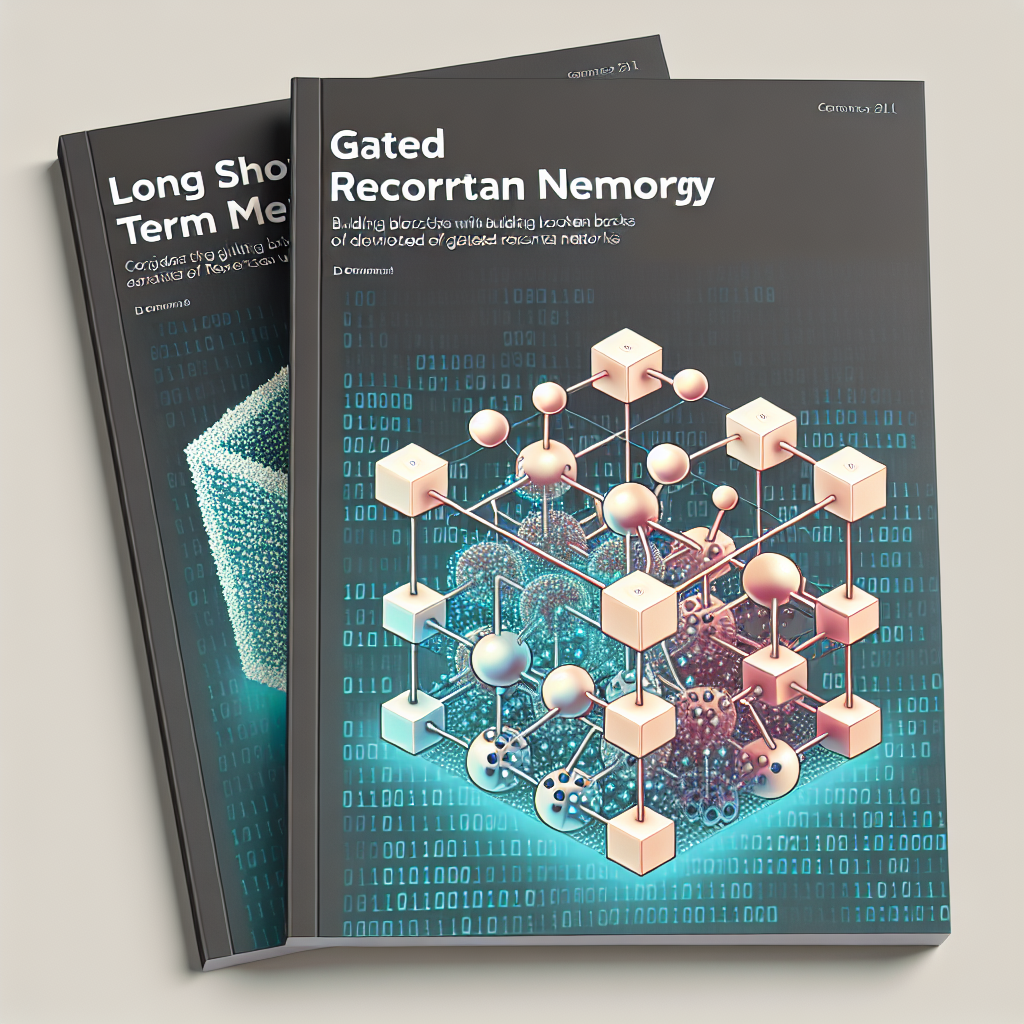Your cart is currently empty!
Unveiling the Secrets of LSTMs and GRUs: The Building Blocks of Gated Recurrent Networks

Recurrent Neural Networks (RNNs) have been widely used in natural language processing, speech recognition, and other sequence modeling tasks. However, traditional RNNs suffer from the vanishing gradient problem, which limits their ability to capture long-range dependencies in sequential data. To address this issue, researchers have introduced a new class of RNNs called Gated Recurrent Networks (GRNs), which include Long Short-Term Memory (LSTM) and Gated Recurrent Unit (GRU) architectures.
LSTMs and GRUs are designed to overcome the limitations of traditional RNNs by incorporating gating mechanisms that control the flow of information through the network. These gating mechanisms allow LSTMs and GRUs to selectively remember or forget information from previous time steps, enabling them to capture long-range dependencies in sequential data more effectively.
In an LSTM network, the gating mechanism consists of three gates: the input gate, forget gate, and output gate. The input gate controls the flow of new information into the cell state, the forget gate controls the flow of information that is forgotten from the cell state, and the output gate controls the flow of information that is passed to the output. By learning to adjust the values of these gates during training, an LSTM network can effectively capture long-range dependencies in sequential data.
On the other hand, GRUs have a simpler architecture with only two gates: the update gate and the reset gate. The update gate controls the flow of new information into the hidden state, while the reset gate controls the flow of information that is reset to an initial state. While GRUs are computationally more efficient than LSTMs, they may not be as effective at capturing long-range dependencies in some cases.
Both LSTMs and GRUs have been shown to outperform traditional RNNs on a variety of sequence modeling tasks, including language modeling, machine translation, and speech recognition. Researchers continue to explore ways to improve the performance of these architectures, such as incorporating attention mechanisms or introducing new gating mechanisms.
In conclusion, LSTMs and GRUs are the building blocks of gated recurrent networks that have revolutionized the field of sequence modeling. By incorporating gating mechanisms that allow them to selectively remember or forget information from previous time steps, LSTMs and GRUs are able to capture long-range dependencies in sequential data more effectively than traditional RNNs. As researchers continue to uncover the secrets of these powerful architectures, we can expect even more exciting advancements in the field of deep learning.
#Unveiling #Secrets #LSTMs #GRUs #Building #Blocks #Gated #Recurrent #Networks,recurrent neural networks: from simple to gated architectures

Leave a Reply